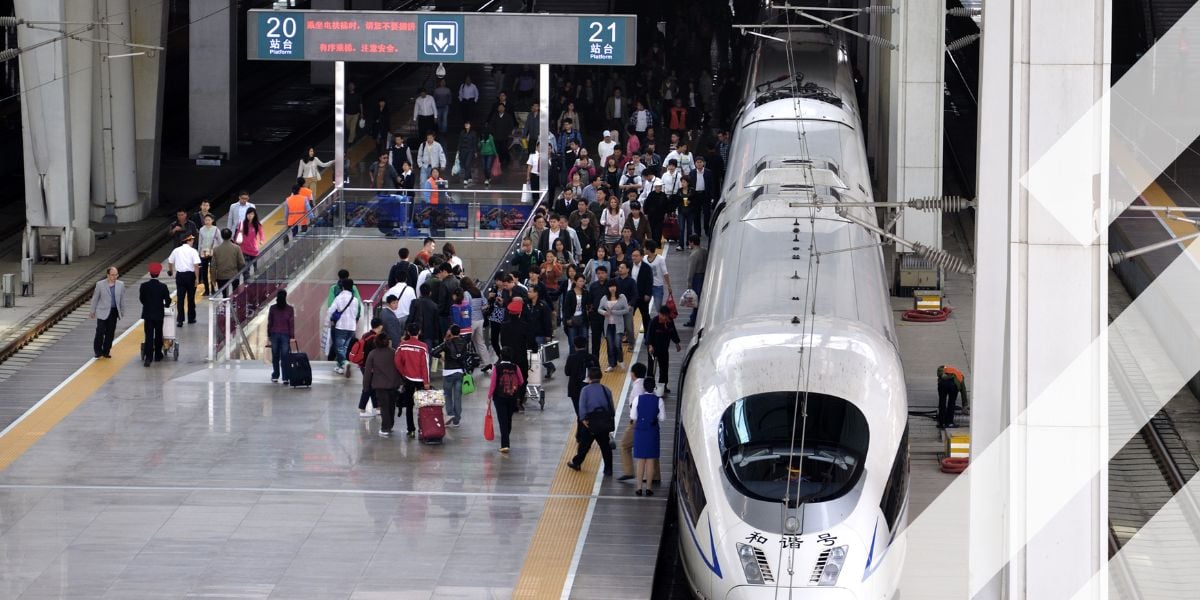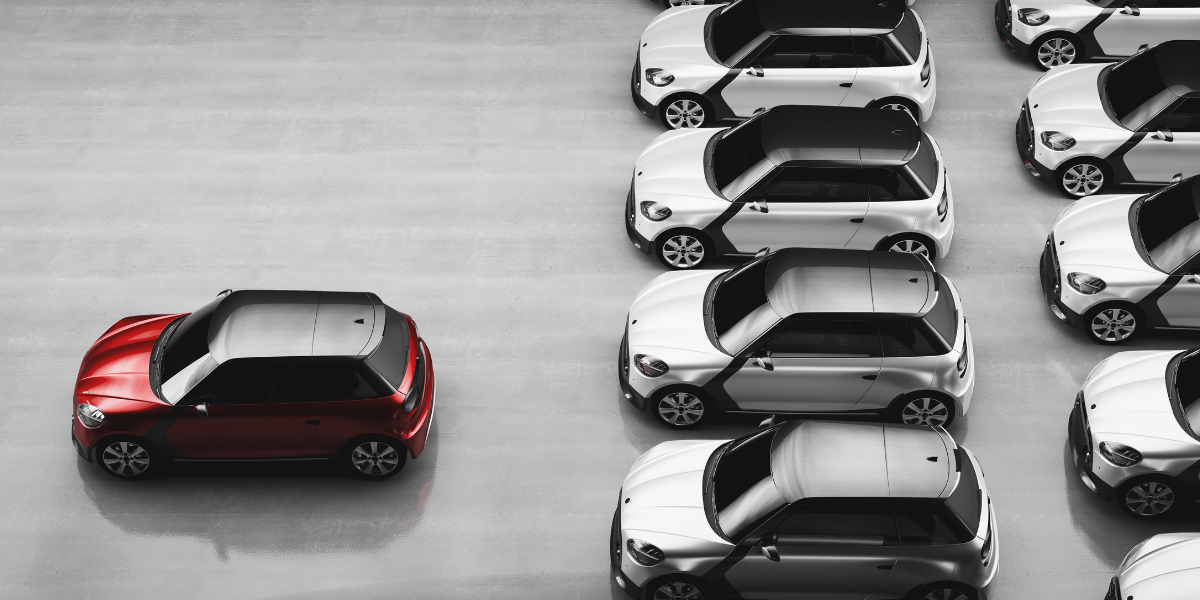3 Game changing Innovations in Electric Vehicle Charging
Do you own an EV? Where do you charge it? How do you charge it? Innovators the world over are constantly trying to find new ways of replenishing electric vehicle batteries and Intertraffic is equally interested in learning about those exciting solutions. We spoke to three companies who are thinking differently.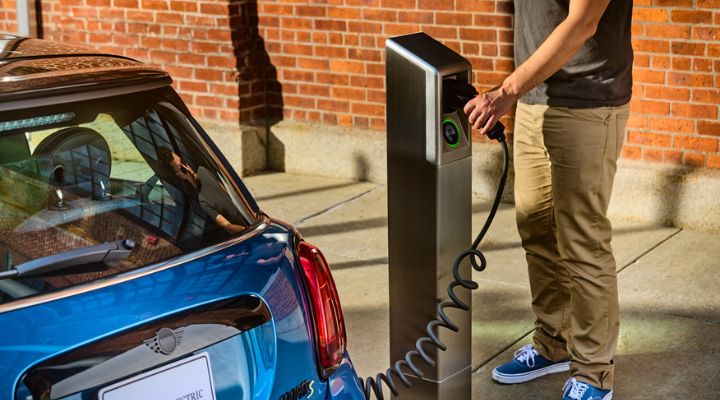
“London has 6000 curbside electric vehicle chargers,” says It’s Electric co-founder Tiya Gordon. “New York has 100. They want 10,000 but there’s currently 100. The reason that London has 60 times more than New York is because the electricity that goes underneath the sidewalk to the streetlights and the lamp posts is the correct power for a level two charger - 220 or 240 Volt. But here in New York, and in every other city in the United States, our accessory feed is too low. It's around 110. So we can't easily install that furniture, nor can we retrofit existing street furniture.”
Gordon’s company has, however, not only identified the problem but come up with an eye-opening solution.
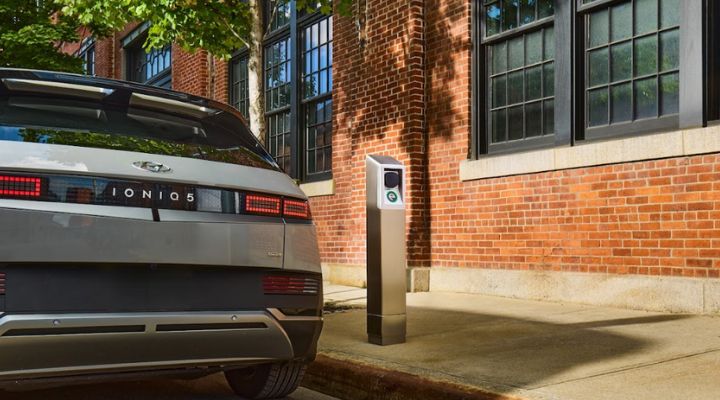
“The other option is connecting to the main utility line in the road, which is high voltage and that requires transformers and down converters which is very expensive and time consuming. So that explains why we only have 100 chargers in New York City. We use buildings to power cars. Buildings already use 220 to 240V and most commercial buildings and many residential buildings have what we call spare capacity, meaning they have that extra slot available on their panel. So we just syphon power off the building via a small conduit below the sidewalk. We erect a public charger on the curbside and then to incentivize the building for letting us do this we revenue share with them. So they get passive income every month.”
We’re all familiar with V2G (vehicle to grid)? Welcome to the world of B2V (building to vehicle).
“My background is in design,” says Gordon, “not in transportation or energy. So I often find that when you're solving design issues you're also solving user experience issues. We did have some pushback early on and we’re still very early in our in our journey. Someone said to us, ‘if it's such a good idea, if it's so simple, someone else would have done it’. But nobody had.”
My background is in design, not transportation or energy. So I often find that when you're solving design issues you're also solving user experience issues
With the US declaring that it wants to have 1 million level two public chargers by 2030 (there are currently just over 100,000), It’s Electric’s innovative solution using existing infrasctucture provides something of a clear pathway to the country’s electric future.
“We're free to cities, we're free to building owners. Our goal is to reduce the barrier for the provision of infrastructure, because that's the only thing that's slowing EV adoption in the States right now. Not having anywhere to charge it is what is stopping people buying an electric car. We have just received funding from what's the Joint Office of Energy and Transportation by way of a US$1.5 million grant to deploy our solution in four different cities across the US. That's Los Angeles, Alexandria, Detroit, and Jersey City. We’ve also created what we're calling a National Curbside Charging Toolkit, which can inform other cities about how they can implement this solution and overcome whatever sort of difficulties or questions or barriers they perceive that they face.”
We're free to cities, we're free to building owners. Our goal is to reduce the barrier for the provision of infrastructure, because that's the only thing that's slowing EV adoption in the States
HOME CHARGING WITHOUT A DRIVEWAY
Another issue that can often put potential customers off buying an electric car is that in certain parts of Europe (particularly the UK and the Netherlands) there are whole swathes of towns and cities where the streets are almost extensively populated with terraced houses that have no front garden, or certainly gardens that aren’t big enough on which to park a car. But why should that mean that the residents of those houses aren’t able to own an EV that they can charge from home?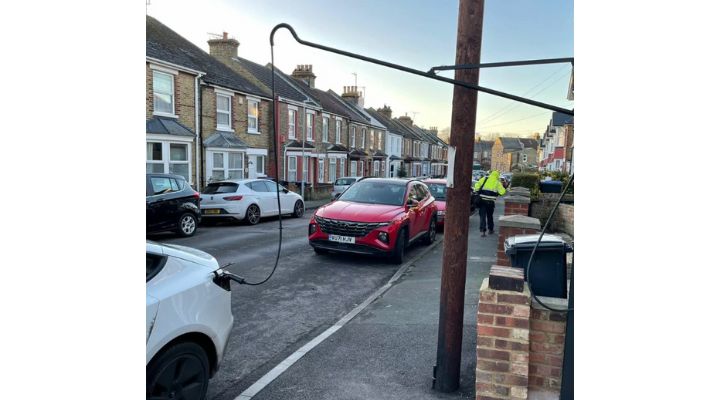
Simply put, it no longer does. ChargeArm is a safe solution to the “cable over the pavement” conundrum that is installed on the property so it doesn’t impinge onto local-authority controlled territory. In Kent-based SGS Energy this Dutch invention as found a champion in the UK where the subject of home EV charging is as high on the agenda as it’s ever been.
As Jonathan Howes, SGS Energy’s managing director, succinctly puts it: it’s a small solution to a big problem. The arm extends out to 2.4m and operates at the same height meaning that pedestrians can fit comfortably underneath. In the UK councils can remove EV cables they feel are causing a trip hazard, but ChargeArm folds back when not in use, so that the front of the house not only looks neat and tidy it’s also complying with safety regulations.
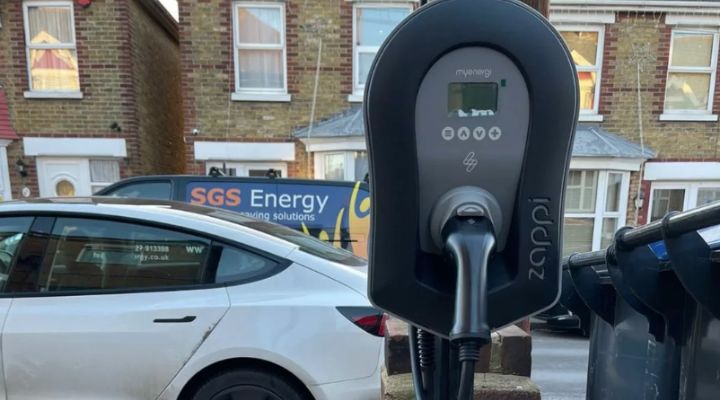
“A friend of mine was back home visiting his family in Ireland and sent me a picture of one installed nearby and it solved a problem that I'd been thinking about for some time. Then we had an enquiry from an amusements company who were buying EV chargers for their staff. They approached me with the issue they had of not being able to charge their cars at home. I put two and two together and got the planning permission, did the installation and we are here today,” he explains.
ChargeArm is ideal for the UK market with the amount of terraced houses we have in this country and the building stock we have
“It’s ideal for the UK market with the amount of terraced houses we have in this country and the building stock we have. Another use I found for it is for office buildings where otherwise EV charging cables would be lying across the parking bays. We’ve installed them in or own car park and as it doesn't cross over public land it doesn’t need planning permission. It will just attach to the building and swing out which completely eliminates the potential as a trip hazard.”
Howes has been ‘pleasantly surprised’ by how popular ChargeArm has proved to be on social media, with one of his promotional videos racking up over 1.5m views on TikTok. Considering that SGS only started marketing the product in January those are quite extraordinary figures for an EV charging solution.
“I’m not really what you would call a social media person so when I saw that we had hit the 1m views mark I asked one of our team if that was good or not. He had to have a sit down!”
I’m not really a social media person so when I saw that we had hit the 1.5m views mark for our video I had to ask one of our team if that was good
ChargeArm is also ideal, Howes says, for apartment blocks as under new building regulations there has to be a power supply provided for an EV charging point.
“They don't have to supply the EV charger – there’s a misconception there that I must admit I only discovered myself a few weeks ago. They just have to put provisions in to allow the installation. You not only gain the convenience of home charging but also enjoy lower charging costs compared to public EV charge points. Home charging not only offers lower electricity rates but also allows you to take advantage of off-peak hours and specific EV tariffs.”
AN ON THE WALL SOLUTION
There is much talk of thinking outside the box and credence given to innovators who create ‘off the wall’ solutions to long-standing solutions. In Barcelona there’s a forward-thinking company who are combining the two theories.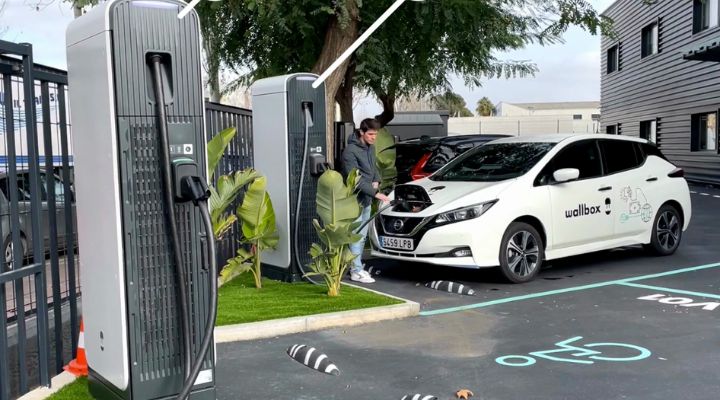
Wallbox are working towards changing the way the world uses energy by creating advanced electric vehicle charging and energy management systems that redefine users’ relationship to the grid.
“We are dedicated to changing the way the world uses energy,” says Wallbox’s head of global relations, Elyce Behrsin. “We know this is no easy task, but we also know that great innovation doesn’t come from taking the easy route. That’s why we’re excited to be pushing the boundaries of what EV charging can do. And as long as there are walls to inspire us, we’ll keep designing out-of-the-box boxes to overcome them.”
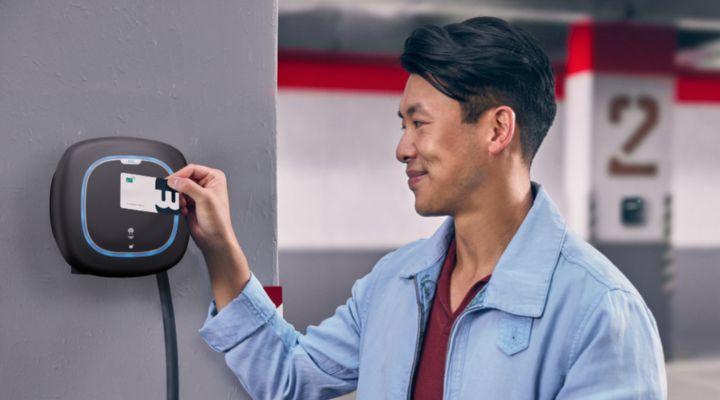
All Wallbox chargers come with Eco-Smart energy management software that allows users who have a photovoltaic (PV) installation in their home to charge their EV with self-produced sustainable energy. Through the Wallbox app users can choose to charge their EV with 100% green energy from their home PV installation, or blend excess solar with grid power.
As long as there are walls to inspire us, we’ll keep designing out-of-the-box boxes to overcome them
One such out of the box box is Supernova, Wallbox’s next-generation DC fast-charger that offers higher efficiency and reliability to maximize uptime, simultaneously benefiting both electric vehicle drivers and charge point operators.
With up to 150kW, it adds up to 100 km of range, enough to cover the average urban daily needs in under 7 minutes while drivers grab a coffee or shop locally for groceries. Supernova, says Behrsin, was designed with locations with limited power such as petrol stations, high power charge hubs, car dealers, shopping malls, in mind.
Wallbox are also exploring opportunities to expand their reach into the realm of popular culture, signing agreements with Amazon and UK Power Networks in recent months. The initiative with Amazon allows eligible customers to purchase their 7 kW Wallbox EV charger along with an installation service by Amazon in the UK, while the deal with UKPN and Element Energy is to help drive the commercialisation of Vehicle-to-Building (V2B) technology through the V2B User Interface Learning Device (V2BUILD) project that is part of the V2X Innovation Programme funded by the UK Department for Energy Security and Net Zero (DESNZ).
By utilising our innovative bi-directional charging technology, we are able to harness the power of EV energy to protect the grid in the ramp up to electrification
Alan McCelvey, Director of Wallbox in the UK and Ireland said: “By utilising our innovative bi-directional charging technology, we are able to harness the power of EV energy to protect the grid in the ramp up to electrification. The V2BUILD project is allowing us to model the data required to develop a tailor-made solution for the UK market.”
Share your story
Do you have an innovation, research results or an other interesting topic you would like to share with the professionals in the infrastructure, traffic management, safety, smart mobility and parking industry? The Intertraffic website and social media channels are a great platform to showcase your stories!
Please contact our Sr Brand Marketing Manager Carola Jansen-Young.
Are you an Intertraffic exhibitor?
Make sure you add your latest press releases to your Company Profile in the Exhibitor Portal for free exposure.



